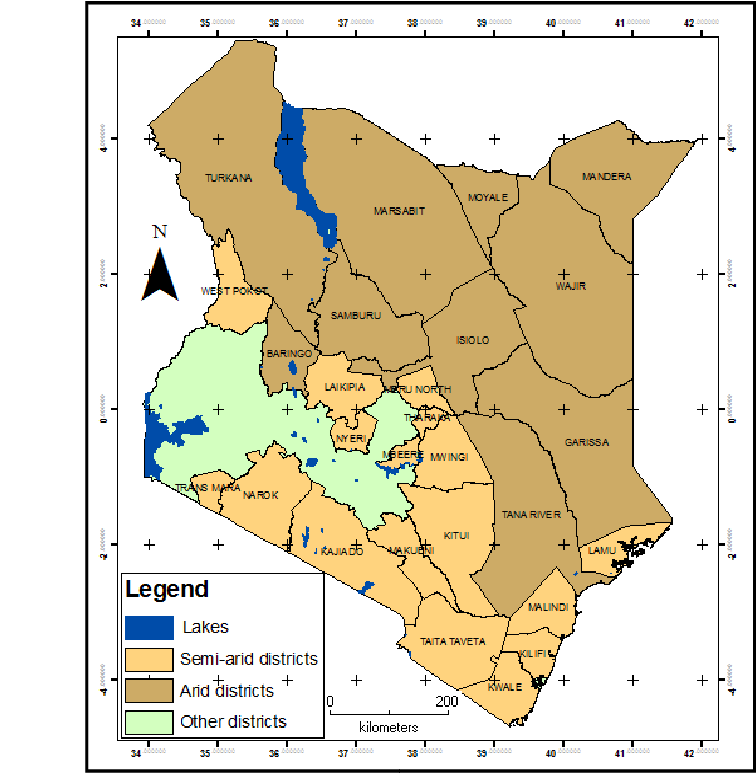
By Staff Writer
Kenya’s education sector finds itself at a critical inflection point. A recent statement by Treasury Cabinet Secretary Noah Mbadi—admitting the government’s inability to fund free education programs—has reignited national debate. University unions are threatening strikes, citing withheld funding, downsizing, and unmet obligations.
But amidst this tension, a powerful and pragmatic voice has emerged. ng’ata, Governor of Murang’a County, has laid out 10 concrete ways to fix Kenya’s education system in a thought-provoking article that blends policy insight with fiscal realism.
“A good educational system should be accessible and inclusive,” Dr. Kang’ata asserts. “Equal access to quality education is important. This is both a constitutional requirement and a moral imperative.”
1. Prioritize Education in National Budget Allocation
According to Dr. Kang’ata, Kenya currently spends only 4% of its GDP on education. This is significantly lower than the 7.34% spent in 2005. Comparatively, the security sector—with only 150,000 employees—receives Sh250 billion, while the education sector, which manages over 500,000 workers, gets just over Sh670 billion.
He urges a redirection of more resources towards education, particularly capital expenditure. “That might include renovation and establishment of new school infrastructure where there are gaps,” he writes.
2. Invest in Infrastructure and Technology
Dr. Kang’ata calls for increased investment in school infrastructure and technology to bridge educational inequalities and expand access.
He gives the example of Murang’a County, where a free porridge programme for ECDE learners has helped improve school attendance and outcomes. Digital learning tools in ECDEs have further reduced costs for parents and made learning more engaging.
3. Protect the Capitation Policy
“The policy of capitation for primary and secondary schools should be protected as it saves parents from out-of-pocket expenditure,” he emphasizes.
Capitation funding—government disbursement per student—has been a lifeline for many households struggling with school fees.
4. Targeted Financing for Vulnerable Students
Dr. Kang’ata proposes a smarter approach to university financing. Through proper mapping, vulnerable students can be identified for full financial support. He suggests backward tracing of students’ educational journey to better understand their socioeconomic context.
5. Reorient Secondary Education and University Curriculum
He recommends a strong reorientation of secondary school and university curriculum, especially to emphasize cost-efficiency and job market relevance.
“A keen analysis of running day schools shows it is possible to provide free day school education.”
With average day school costs hitting Sh10,000 per year, most low-income families are strained. He calculates that subsidizing 5 million students would require just Sh50 billion—a figure well within reach if resources were pooled effectively.
6. Leverage CDF for Bursaries
Dr. Kang’ata envisions a collaborative financing model using the National Government Constituency Development Fund (NG-CDF). If each MP allocated Sh80 million, the total CDF bursaries kitty could hit Sh560 million. Local county governments could match half, enabling students in both primary and day secondary schools to study fee-free.
7. Promote University-Industry Linkages
Universities should conduct research tied to industrial and applied sciences needs, he argues. Kenyan universities must foster innovation, collaboration, and commercialization of knowledge.
8. Distinguish Between University Types
He emphasizes a critical but often-overlooked point: research universities and universities of applied sciences (UAS) should be treated distinctly.
“Research universities emphasize fundamental research… driven by curiosity and a desire to advance knowledge. Universities of Applied Sciences emphasize applied research and development… with a focus on solving real-world problems.”
This differentiation, he notes, is crucial for efficient government funding and clearer graduate pathways.
9. Incentivize Collaboration
Research universities should be encouraged to collaborate across departments and with external researchers and institutions. They should support academic mobility, joint papers, and conference presentations as key performance indicators.
10. Integrate Industry Projects in Curricula
“Curricula must integrate practical skills and hands-on experience through project-based learning, internships, and jobs.”
This recommendation speaks to the chronic mismatch between academic training and market demands. Dr. Kang’ata calls for policy reform that ensures graduates are employable, with skills sharpened by exposure to real-world problems and workplace demands.
The Way Forward
As Kenya grapples with tough fiscal choices and growing pressure for accountability, Dr. Kang’ata’s proposals offer a grounded and forward-thinking framework. His blueprint not only addresses systemic inefficiencies but also emphasizes equity, innovation, and financial realism.
His final word? It’s time for government to make bold, focused investments that align education with Kenya’s broader economic transformation.
“The government should fund these types [of institutions] to uncover new knowledge and solutions,” he concludes.
